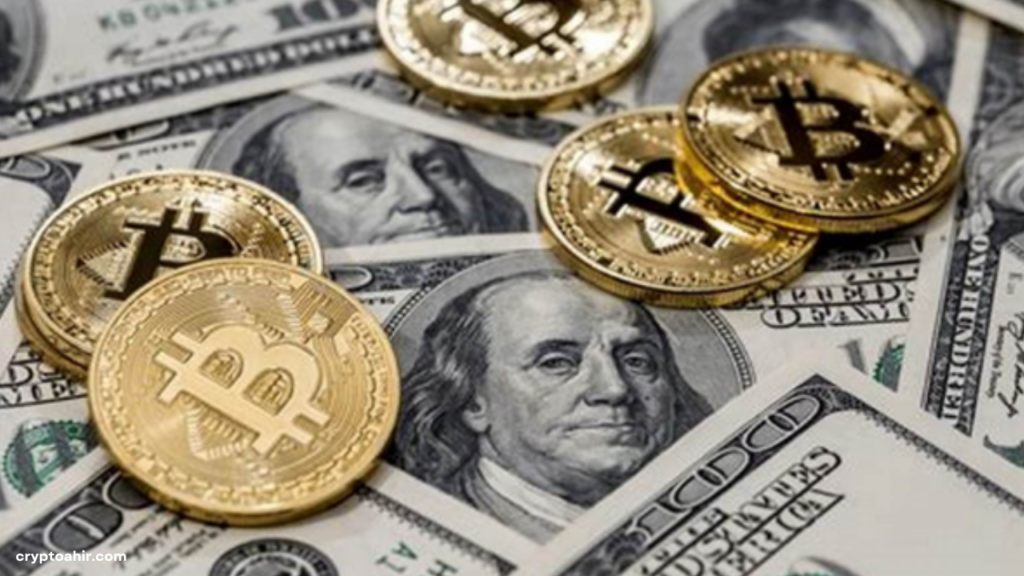Ahead of this year’s most significant U.S. election, the presidential election, the cryptocurrency market is seeing some turmoil.
As market players watch the outcome of the close contest between Donald Trump and Kamala Harris, volatility indices are hitting levels not seen in months.

Deribit’s Bitcoin Implied Volatility Index (DVOL) has risen 63% over the last 12 months and is at its highest point since July of this year.
Additionally, there is considerable unrest in conventional markets as well. Treasury note implied volatility, for instance, has risen to 135%, a level not seen since October 2023. Similarly, the one-week implied volatility of the crucial EUR/USD currency pair has increased to its greatest levels since a mini crisis in the US financial industry in March 2023.
Following a technical double-top, Bitcoin (BTC) records significant losses
Recently, Bitcoin’s price behavior has also been very erratic. It rose close to its most recent all-time highs of $73,600 last week before plunging to its current level of about $68,000, a 7.6% decline in less than seven days.
As the likelihood of a Trump victory decreased during the last week, this movement corresponds with a shift in the way bookmakers view the situation. Nonetheless, with a 58.2% likelihood, bets in the prediction market Polymarket continue to support the Republican candidates. Harris’s chances are somewhat higher on other sites like Robinhood and Kalshi.

In early October, when they were competing against one other on Polymarket, Trump began to take the upper hand.
Technically speaking, however, the drop is bad news for Bitcoin (BTC) because there has been strong resistance in the $72,000–733,000 range. A double-top, a negative technical pattern frequently followed by a sharp drop in the asset’s value, is formed as a result of this second rejection of a move above $73,800. Take these signs with a grain of salt because technical analysis isn’t always predictive and is sometimes more of an art than a science.
According to market experts, there should be “persistent demand” in the $65,000–$66,000 zone, while $69,200 is a critical level to regain on shorter timescales.
Previous Presidential Elections Have Caused Temporary Declines
According to surveys from The New York Times and Siena, the difference between Harris and Trump has shrunk to 48% each as a consequence of shifts in polling results in crucial swing states.
Meanwhile, Harris had a two-point lead over her opponent according to a reputable survey that offers insight into who voters who are still undecided may wind up supporting.

Given that Trump is often seen as the more pro-crypto candidate of the two, this degree of uncertainty has an impact on the price of Bitcoin. Any decrease in his chances of winning might cause the short-term volatility of Bitcoin to rise.
The CEO of cryptocurrency exchange StealthEX, Maria Carola, says that while Bitcoin has largely declined during election seasons, it has reacted somewhat differently. The value of the digital asset fell by 10.2% during the 2016 election, while its price fell by 6.1% in 2020.
Notably, market circumstances have shifted recently, despite the fact that presidential elections have often been negative for Bitcoin.
The cryptocurrency, for instance, recently underwent its fourth halving, which lowers its rate of inflation right away and tends to increase its value over time. Meanwhile, the United States’ approval of spot Bitcoin ETFs has drawn institutional interest and billions of dollars in capital inflows to the market.








